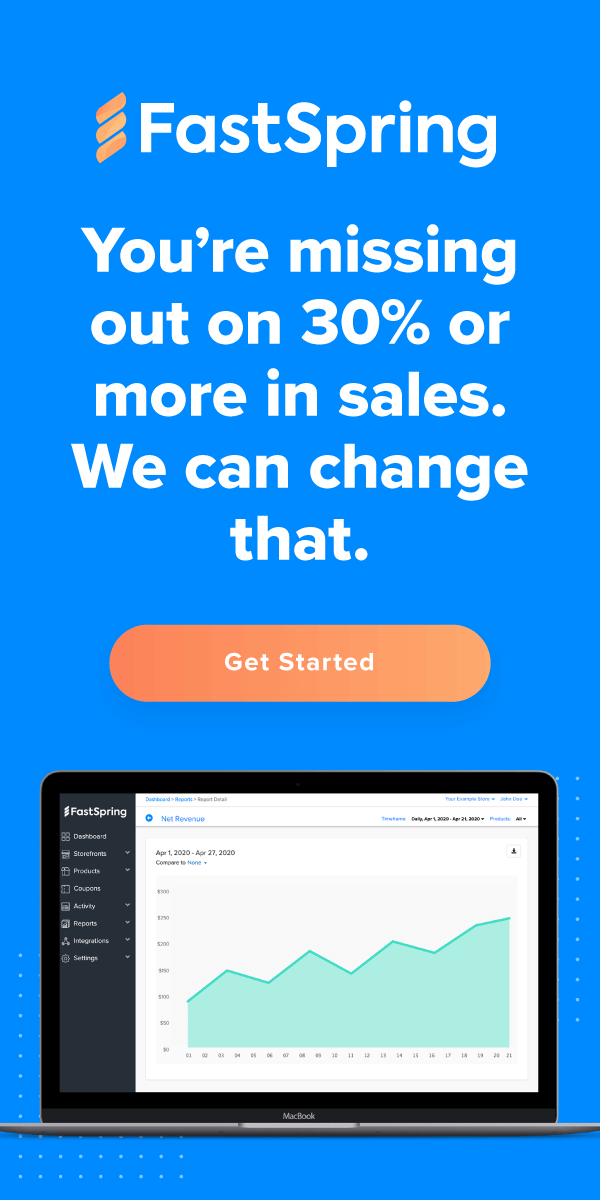Great news! Today, one of your clients is about to make a purchase. Less-great news: It could be months before the sale becomes real revenue for your company.
This example explains the quote to cash process. Quote to cash, or QTC, is the time it takes to go from providing a price quote to recognizing revenue. It involves many steps, from offering the initial quote all the way through the process of negotiating, fulfilling, billing, collecting, and setting the stage for the next sale.
Minding Your QTC
If your company doesn’t spend much time talking about QTC, that’s not surprising. In many businesses, it’s so ingrained into the daily routine that nobody really questions it. Salespeople (or websites) make sales, orders are filled, and customers are billed. Why bother working to understand the underlying concept?
Well, the daily grind can make you blind to problems with your QTC – problems that cost money, time, and productivity. When your process isn’t operating at maximum efficiency, your growth potential is limited.
QTC Food for Thought
Let’s look at how you can determine where you currently stand with QTC. Step back and think about the big picture of your process. Here are some basic questions to ask:
- How do your customers currently encounter price quotes?
- How does a quote become an order?
- How long does it take to fulfill the order?
- What is your least complicated, and most complicated, kind of sale?
- What steps happen in billing?
- How long does your entire QTC process take until revenue hits the books?
- How much time typically elapses before a reorder?
Identifying Problem Zones
After you’ve taken a look at the QTC process as a whole, you can begin to locate any weak points where your company is spending too much time or effort. What prevents moving quickly to the next stage in the process?
Maybe there are technical glitches that prevent consistent order fulfillment. Maybe everything sails along smoothly until the point of invoicing, when incorrect bills slow things down.
Here are some additional questions that will help you uncover QTC trouble spots:
-
- What are your customers’ hesitation points before buying?
- What are your most common fulfillment errors?
- Which issues must be reviewed/approved by a manager?
- What are your most common billing problems?
- What complaints do you hear from clients?
- Have you ever lost a client over QTC issues?
- Which single issue, if resolved, would speed up the whole process?
Names and Numbers
OK, you’re beginning to understand your own QTC system. Have you noticed anything that hinders the process? Don’t worry, QTC problems are common. Almost every company has them.
Let’s look at what Salesforce, the customer relationship management company, encourages its 150,000 members to do after identifying QTC issues: put precise names and numbers behind your persistent problems.
So, for example, say you’ve identified that your SaaS company’s biggest QTC issue is customers claiming their discount codes didn’t work and wanting their money back. The next step is to put some names and numbers on the problem.
Names:
- WHO in your audience tends to make this complaint?
- WHO at your company is responsible for discount codes?
- WHO makes the decisions about refunds?
Numbers:
- HOW MANY customers are affected?
- HOW MANY discount codes are out there, correct or incorrect?
- HOW MANY refunds are given?
- HOW MUCH money are you losing?
It’s important to note that this is not about playing the blame game. Your goal isn’t to embarrass your employees or get anyone in trouble. You’re just fine-tuning your QTC process.
Signs of Successful QTC
Enough about problems. Let’s look at signs that your QTC process is rolling along smoothly. Here are a few indicators of a healthy QTC process:
- You can go from customer interest to billing within 24 hours.
- You provide consistent customer support, across the globe, across currencies.
- You use a robust SaaS Ecommerce Platform that minimizes ordering and billing issues.
- Customer complaints are minimal or absent.
- Repeat buys are very common.
When your quote-to-cash process is healthy, you can sit back and watch the system operate efficiently, day after day. In fact, after doing a QTC analysis, many companies uncover new customer groups and revenue streams they never even noticed before.
Does your company have a healthy quote-to-cash process? A solid ecommerce platform will act as the doctor for an unhealthy process. Check out the G2 Crowd Report that compares ecommerce platforms to give you an idea of how FastSpring makes it happen for businesses around the world.
![[Customer Story] Why TestDome Considers FastSpring a Real Partner](https://fastspring.com/wp-content/themes/fastspring-bamboo/images/promotional/2023/FastSpring-TestDome-blog-thumbnail.jpg)








